Source: www.go-wine.com/
When the coronavirus and shelter-in-place first hit, Wine Country was faced with a huge challenge: What does Wine Country look like if you can’t visit the tasting room?
“With [the wildfires] in 2017, you knew at some point that the fires would end, and whether or not you’d have a winery standing,” says Katie Bundschu of Gundlach Bundschu and Abbot’s Passage in Sonoma County. “The difference with this is the uncertainty and the unknown that comes with it. Adapting and changing will be the name of the game for a while.”
Wineries’ ability to adapt and change was made easier on March 19, when the California Alcoholic Beverage Control temporarily relaxed regulations to allow for, among other things, to-go wine sales at restaurants with takeout orders and alcoholic delivery to customers.
Suddenly, virtual wine tastings and events started to appear, especially among wineries that ordinarily rely on foot traffic to drive direct-to-consumer sales and promote memberships. With most people at home on Zoom for everything from concerts to board meetings, virtual tastings allow wineries to ship bottles and provide a tasting room experience direct to one’s living room.
In the past two months, more and more wineries have turned to these livestreamed experiences to retain the customers they currently have as well as expand their reach. Virtual tastings and events have filled the void in what one winery executive calls an “absolutely essential part of the wine industry,” and even after wineries reopen, it looks like they might be here to stay.
For Mark Hanson, co-founder of the newer boutique Windsor winery Bricoleur, virtual events offered a chance to reach a national audience. The winery had planned to open its public-facing tasting room in May, and hired chef Shane McAnelly, formerly of Chalkboard, and a sous chef for food and wine tasting experiences.
That all changed with the pandemic. In order to keep people employed, the winery began hosting Quarantine Kitchen Live, a Zoom cook-along. What started small now has about 80-100 people tuning in every week and asking questions via chat.
On any given Saturday at 4pm PST across the nation, 80 different Zoom squares fry, stir and sauté alongside McAnelly without having to pre-purchase bottles. For Hanson, these events are about the soft sell and building relationships rather than direct bottle sales. Hopefully, he says, those participating will eventually visit the winery once it’s possible.
“We believe, right or wrong, in having a fun experience, on our property or virtually,” says Hanson. “People are going to want to join, so we’ve never really been a hard-sell type of business.”
Unlike some other larger or more historic wineries, at Bricoleur virtually all the sales are direct-to-consumer: from the tasting room, internet sales and the wine club. Last year, 10% of Bricoleur’s sales came from e-commerce. This year, that figure has jumped to about 40%.
Hanson says that being a newer winery without distribution deals to grocers and restaurants comes with the good and the bad. The winery may lack name recognition, but it’s also not hit too hard by restaurants not selling as much wine during shelter-in-place. Hanson’s also been able to offset losses through virtual wine tastings to wine club members and virtual happy hours.
“The greatest fear during the pandemic has been attrition in the wine club,” says Hanson. With people getting furloughed or losing their jobs, he’d worried members would no longer be able to purchase wine. Instead, Hanson says, membership has actually grown by 20 people in the last six weeks.

